So, to make baby prep a little bit easier here are five car seat installation mistakes you can avoid. You’ve got this!
Mistake #1: After-market products
Making car seats is a precise science. Any material or add-on product not made by the manufacturer can potentially interfere with its function. Even a blanket between your child and their car seat may inhibit its effectiveness. In the event of an accident, the car seat’s warranty or applicable guarantee may be void if after-market products are in use. So, those strap covers might be adorable but are not worth the risk. For more information about after-market products to avoid and suggested alternatives check out this article from the experts at Car Seats for the Littles.
Mistake #2: Forgetting the car seat base
There’s a reason your child’s car seat came with a base, it keeps it in place! It takes a little extra time, but follow the manufacturer’s instructions to install the base. Even if you’ve installed a car seat before don’t assume you know how to install a new one. Car seats are always changing. To make life a little easier, some manufacturers have YouTube channels with video tutorials on how to install your base.
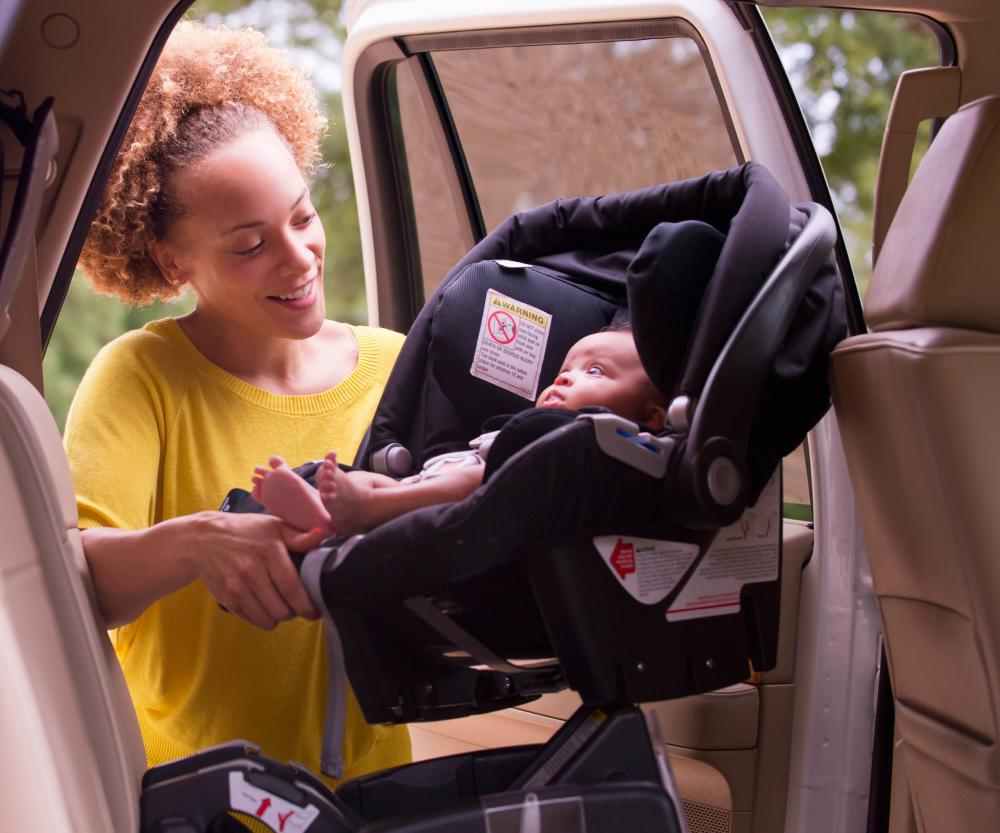
If you have two vehicles it may be a good idea to buy an extra base. Most manufacturers sell their car seat bases separately so you can easily use your car seat in all your vehicles.
Some parents worry the base and car seat won’t fit in their vehicle. If you find yourself in this situation, search for the car seats designed for smaller cars. You can also check the manufacturer’s website before buying your child’s car seat to see if it will fit in your vehicle.
Mistake #3: Passing up a free car seat safety check
Who doesn’t love freebies? Most communities offer free car seat safety inspections from trained technicians. These are usually put on by local hospitals or fire departments. A technician will examine how you installed your car seat. Some may even help you practice buckling the harness. If you’re not sure your community has one, call your local hospital maternity ward and they will likely be able to point you in the right direction.
Mistake #4: Ignoring your car seat’s expiration date
Just like that huge carton of kale in the back of your refrigerator that you swore you were going to eat, car seats have expiration dates. Check the manufacturer’s manual or website to learn where the expiration date is printed on the seat.
Car seats are designed to last for a certain amount of time. As you use it, the materials begin to degrade because of its exposure to the elements – sun, heat, freezing temperatures, etc. This wears down the materials which can make it less effective. This is why most safety organizations advise against buying a used car seat. It’s also advised to never buy one that was in a car accident, or is missing an expiration date.
Mistake #5: Hastily buckling your kiddo in their car seat
Seat belts seem easy enough, but a baby’s car seat harness is much more complex. Read the manufacturer’s instructions to learn the right way to secure their harness. There are several different harnessing systems used in child car seats so make sure you know how yours works.
You’ll want to make sure their harness straps are flat against them and properly tightened. Also, it’s advised to avoid clothing your child in bulky coats when in their car seat. It can create slack between your child and the restraints. Instead, buckle them in without their coat and then cover them with their coat or a blanket.
It make take some extra time but ensuring your child is properly buckled in their car seat and that the car seat is correctly installed can save lives. When in doubt, look for information and answers from the manufacturer.
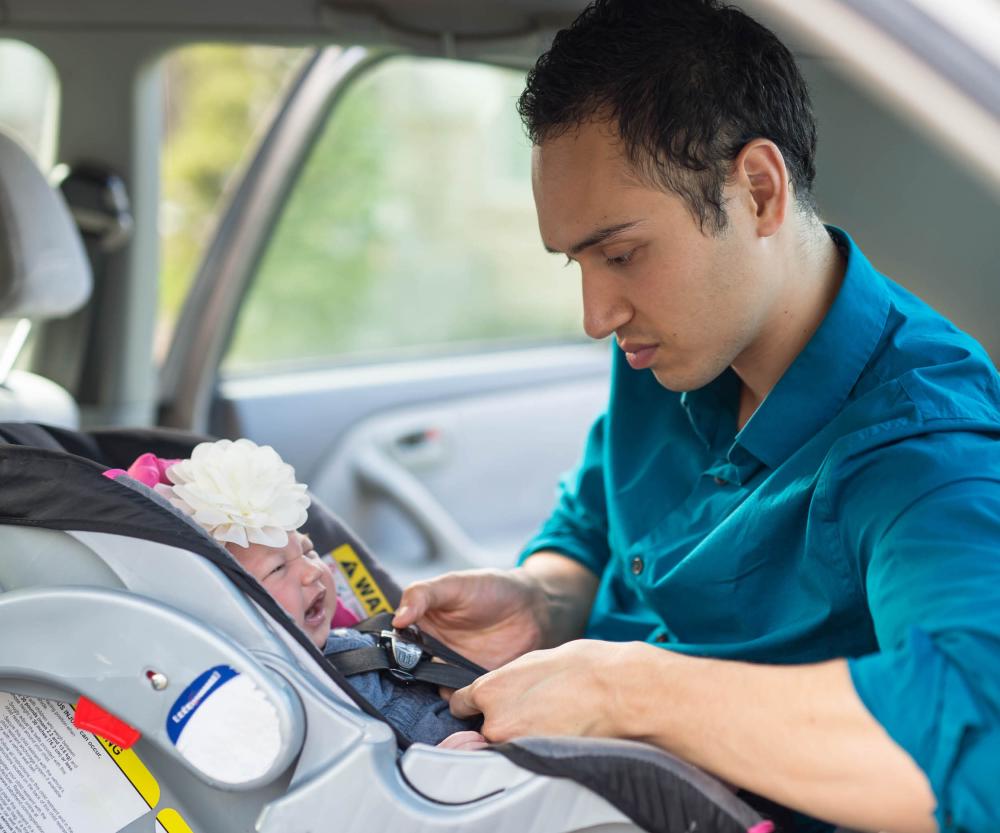
Follow us on Facebook for more safety tips!
POSTED BY AUTO-OWNERS INSURANCE, APRIL 2021
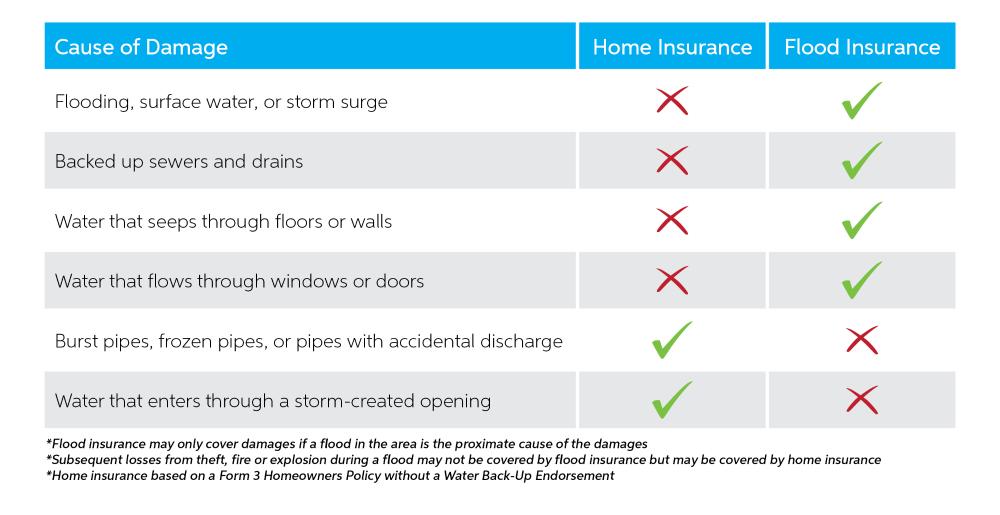
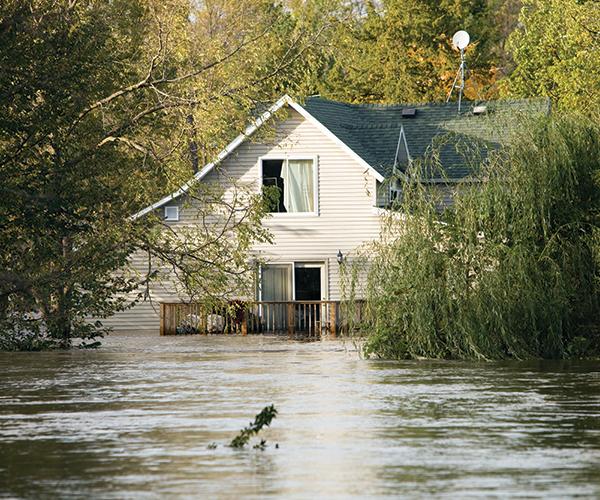
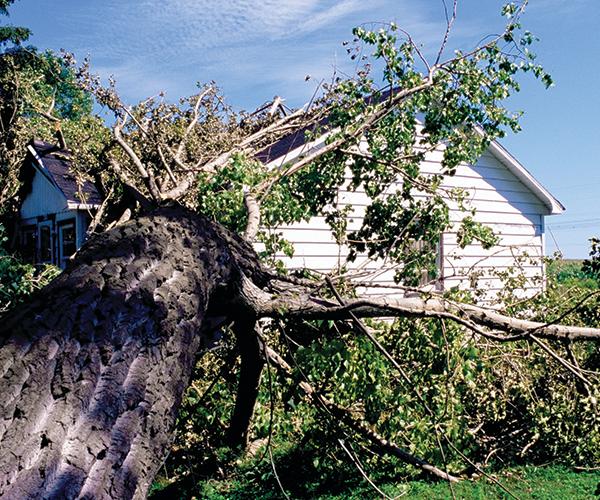
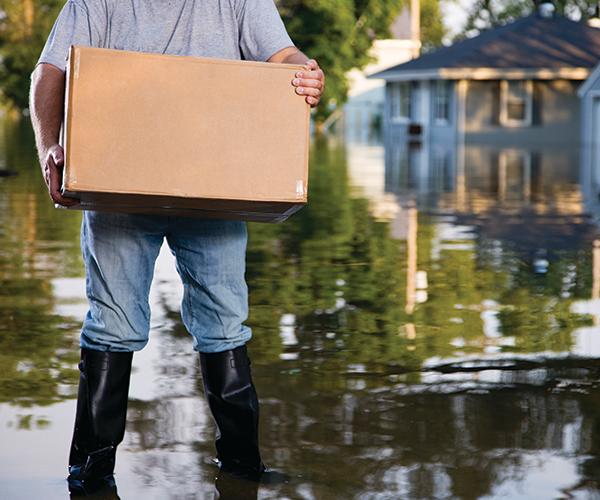





 Autumn means shorter days, colorful foliage, football season, and shaking one’s head in disbelief at stores putting up their Christmas displays in October. And with the change in seasons come changes in driving conditions – temperatures drop, and many parts of the country start to see an increase in rain, ice on the roads, and even a bit of snow. Here are three ways to make sure that your car is ready for the fall.
Autumn means shorter days, colorful foliage, football season, and shaking one’s head in disbelief at stores putting up their Christmas displays in October. And with the change in seasons come changes in driving conditions – temperatures drop, and many parts of the country start to see an increase in rain, ice on the roads, and even a bit of snow. Here are three ways to make sure that your car is ready for the fall.
